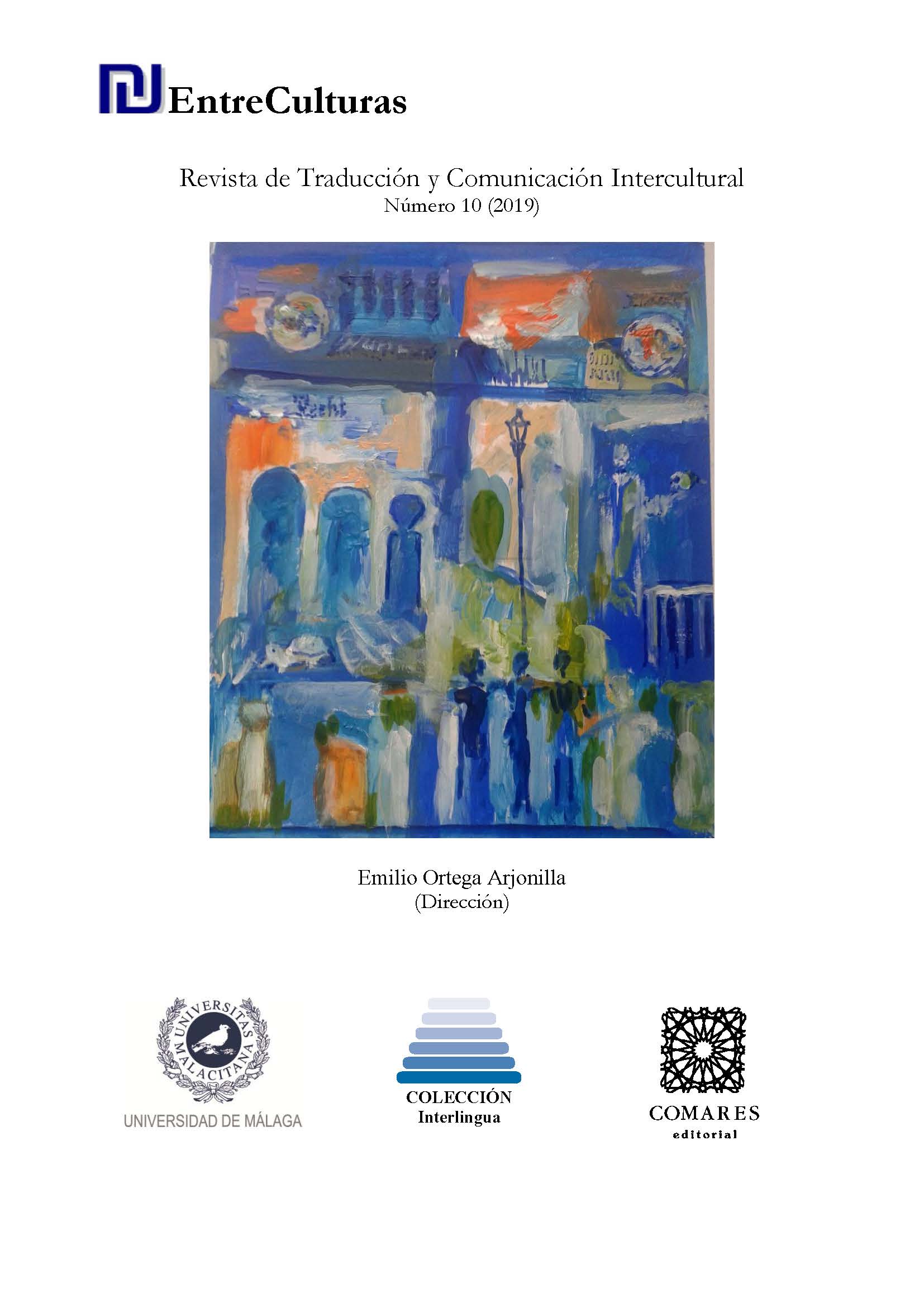The relevance of theory for translators: Translation Theory revisited
DOI:
https://doi.org/10.24310/Entreculturasertci.v1i10.9543Keywords:
translation theory, translation studies, essentialist tradition, cultural turnAbstract
Translation Theory has been traditionally marginalized in the practice of translation and has been considered within the field as a minor, not relevant discipline. In this essay I will show that this understanding is far from being precise: translation theory is not only important but necessary for Translation Studies and translators. In order to show this relevance, I will first review different approaches in translation theory using a genealogical method—from the Platonic approach, to the linguistics-inspired approach and the scientific model, and finally to post-Nietzschean approaches— to demonstrate that theory and practice of translation are intertwined and that theory is beneficial and necessary for translators, even inherent to the practice of translation.
Downloads
Metrics
References
Davis, Kathleen (2008). Deconstruction and Translation. Great Britain: St. Jerome Publishing.
Derrida, Jacques (1981). Dissemination. Trans. Barbara Johnson. Chicago: The University of Chicago Press.
Derrida, Jacques . (1981b). Positions. Semiology and Grammatology. Interview with Julia Kristeva. France: The University of Chicago Press.
Gentzler, Edwin (2001). Contemporary Translation Theories. 2nd ed. USA: Multilingual Matters LTD.
Hermans, Theo (1985). The Manipulation of Literature: Studies in Literary Translation. London: Croom Helm.
Kamuf, Peggy, ed. (1991). A Derrida Reader: Between the Blinds. New York: Columbia University Press.
Kaufmann, Walter, ed. (2000). Basic Writings of Nietzsche. Trans. Walter Kaufmann. New York: The Modern Library.
Lefevere, André (1992). Translation, Rewriting and the Manipulation of Literary Fame. London/ New York: Routledge.
Nida, Eugene (1987). ?Editing Translated Texts?. Presidential Address: The Society for Textual Scholarship, 10 Apr, 13-27.
Nida, Eugene. (1969). ?Science of Translation?. American Bible Society, 483-498.
Nietzsche, Friedrich (1999): Philosophy and Truth. Selections from Nietzsche’s Notebooks of the early 1870s. Trans.
Daniel Breazeale. Amherst/New York: Humanity Books, an imprint of Prometheus Books.
Spivak, Gayatri Chakravorty (1976). Translator’s Preface. Of Grammatology. By Jacques Derrida. Baltimore/London: The Johns Hopkins University Press.
Venuti, Lawrence (2004). The Translation Studies Reader. 2nd ed. New York: Routledge.
Venuti, Lawrence. (1998). The Scandals of Translation – Towards an Ethics of Difference. London and New York: Routledge.
Venuti, Lawrence. . (2008). The Translator’s Invisibility – A History of Translation. 2nd edition. London and New York: Routledge.
Downloads
Published
How to Cite
Issue
Section
License
All contents published in Entre culturas. Revista de traducción y comunicación intercultural are protected under the Creative Commons Attribution-NonCommercial-ShareAlike 4.0 International (CC BY-NC-SA 4.0) license. All about this license is available in the following link: <http://creativecommons.org/licenses/by-nc-sa/4.0>
Users can copy, use, redistribute, share and exhibit publicly as long as:
- The original source and authorship of the material are cited (Journal, Publisher and URL of the work).
- It is not used for comercial purposes.
- The existence of the license and its especifications are mentioned.
There are two sets of authors’ rights: moral and property rights. Moral rights are perpetual prerogatives, unrenounceable, not-transferable, unalienable, imprescriptible and inembargable. According to authors’ rights legislation, Entreculturas. Revista de traducción y comunicación intercultural recognizes and respects authors moral rights, as well as the ownership of property rights, which will be transferred to University of Malaga in open access. The property rights are referred to the benefits that are gained by the use or the dissemination of works. Entreculturas. Revista de traducción y comunicación intercultural is published in an open access form and it is exclusively licenced by any means for doing or authorising distribution, dissemination, reproduction, , adaptation, translation or arrangement of works.
Authors are responsable for obtaining the necessary permission to use copyrighted images.





7.png)
